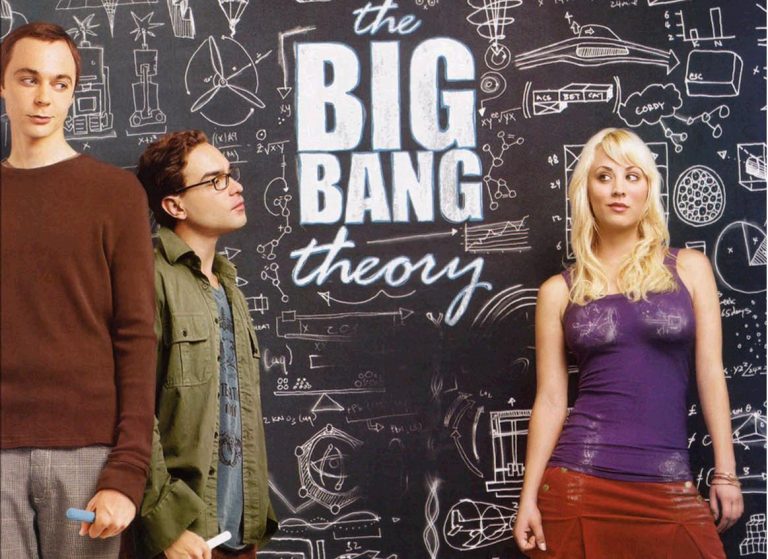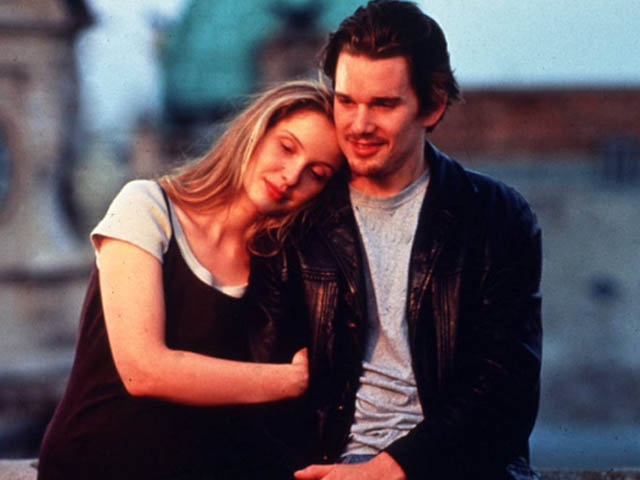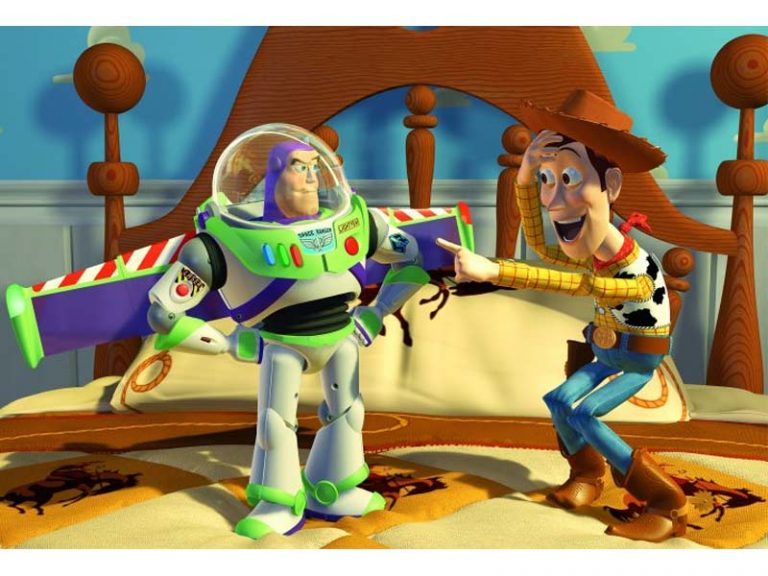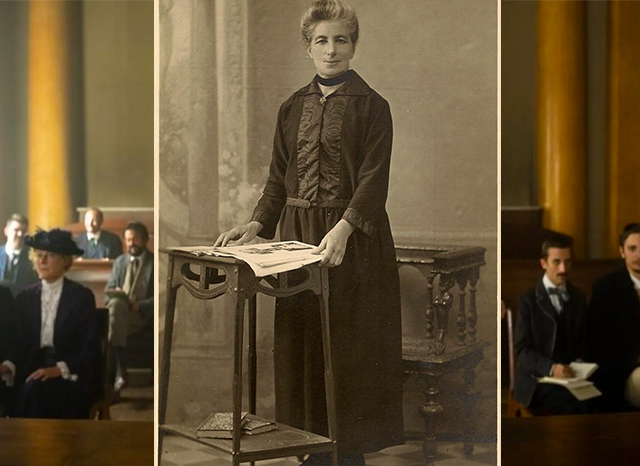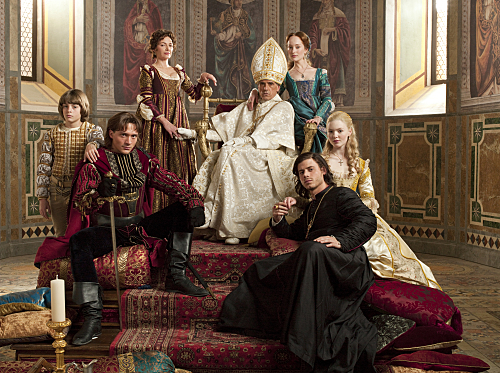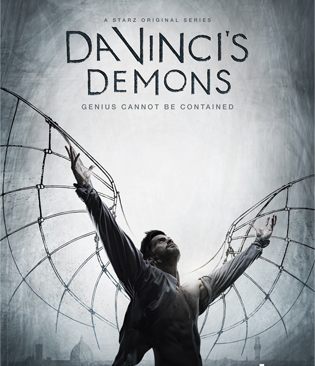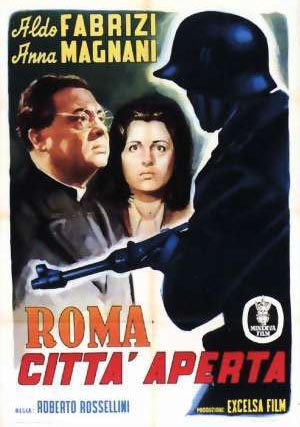
Roma città aperta è un film drammatico italiano neorealista del 1945 diretto da Roberto Rossellini. La scena presenta Aldo Fabrizi, Anna Magnani e Marcello Pagliero, ed è ambientato a Roma durante l’occupazione nazista nel 1944.
Roma Città aperta is a 1945 Italian neorealist drama film directed by Roberto Rossellini. The picture features Aldo Fabrizi, Anna Magnani and Marcello Pagliero, and is set in Rome during the Nazi occupation in 1944.
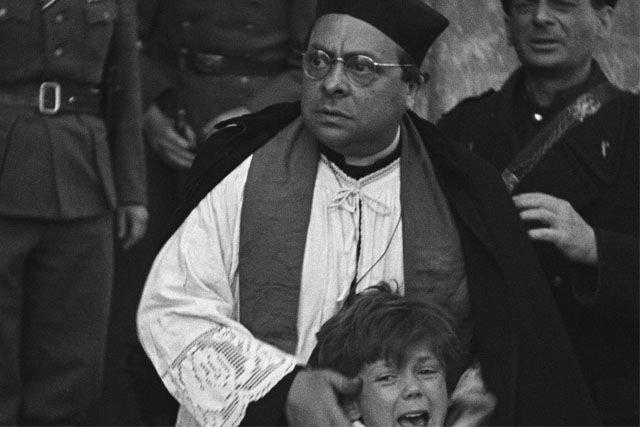
Il film illustra le difficoltà e la povertà del popolo romano sotto l’occupazione nazista. Per realizzare un autentico realismo, Rossellini assunse non-professionisti per il film, con alcune eccezioni di poche star stabilite. Ciò che è nato come idea per un documentario sulla morte di Don Morosini, un sacerdote partigiano, per mano dei nazisti, è diventato un film che ha cambiato il corso del cinema italiano.
The film portrays the hardships and poverty of the Roman people under Nazi occupation. To achieve authentic realism, Rossellini hired mostly non-professional actors for the movie, with some exceptions of a few established stars. What started out as an idea for a documentary about the death of Don Morosini, a partisan priest, at the hands of the Nazis, became a film that changed the course of Italian cinema.
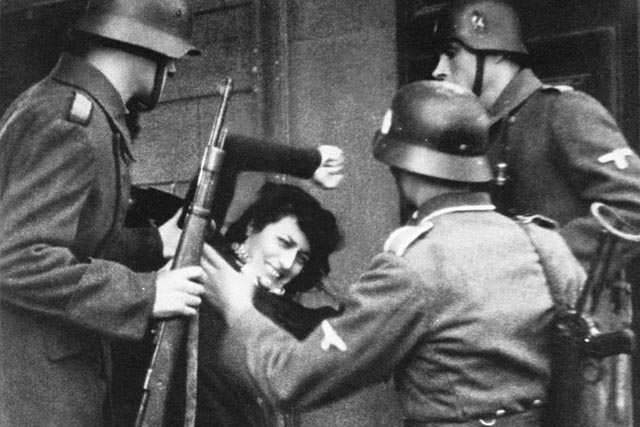
“Roma città aperta” è stato uno dei primi film italiani sulla guerra a descrivere la lotta contro i tedeschi. Questo è stato a differenza dei film realizzati nei primi anni della seconda guerra mondiale, quando l’Italia, governata da Mussolini, era alleata della Germania che raffiguravano gli inglesi, gli americani, i greci, i russi, comunisti e partigiani, come gli antagonisti.
Roma Citta Aperta was one of the first Italian films of the war to depict the struggle against the Germans. This was unlike the films made in the early years of World War II, when Italy, governed by Mussolini, an ally of Germany that depicted the British, Americans, Greeks, Russians, communists, and partisans as the antagonists.
L’espressione “città aperta” si riferisce a una città ceduta, per evitare ulteriore distruzioni quando lo schieramento opposto f ail suo ingresso. Questa stato è evocato sopratutto quando la città ha un valore storico o culturale particolare, o per il gran numero di civili.
The expression Open City refers to a city that has surrendered, calling a truce to avoid further destruction when the opposing side enters the town. This status is evoked especially when the city has particular historical or cultural value, or because of a large number of civilians in the population.
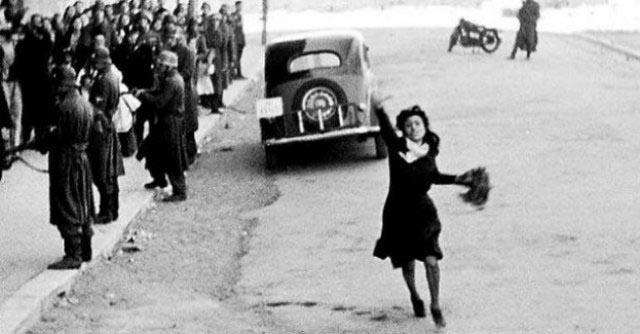
Tuttavia, durante la Seconda Guerra Mondiale alcune città dichiarate “citta aperte” sono state comunque bombardate. La dichiarazione “città aperta” relativa a Roma nel 1943 non fu riconosciuta unilateralmente dagli Alleati nonostante la presenza del Vaticano. A causa dei tedeschi, che hanno resistito e si sono rifiutati di arrendersi, l’assedio si è prolungato alle porte della città. Di conseguenza, gli alleati hanno bombardato Roma altre 51 volte dopo la resa, fino al 4 giugno 1944.
However, during the Second World War, some cities declared “città aperte” were bombarded, regardless. The “open city” declaration concerning Rome in 1943 was unilaterally not recognized by the Allies despite the presence of the Vatican. Because of the German’s resisted and refused to leave and held siege at the city’s gates. As a result, the Allies bombed Rome 51 more times after the surrender of the city, until June 4, 1944.
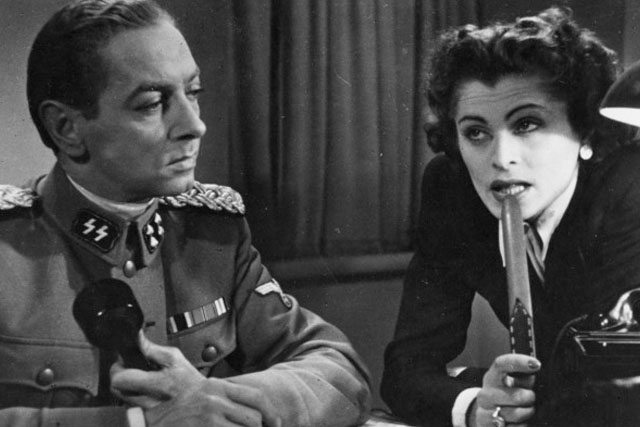
Se non avete visto I film, fatelo: Ecco una breve sinossi della storia:
If you haven’t seen the film you should: Here is a brief synopsis of the story.
Caution: Spoiler alert! – Attenzione: Non voglio rovinare la storia per quelle persone che non l’hanno già visto.
Siamo a Roma nel 1944 e le truppe tedesche stanno cercando di arrestare l’ingegnere Giorgio Manfredi, comunista e leader della “Resistenza” contro i nazisti e Fascisti. L’ingegnere lavora con Don Pietro Pellegrini, un sacerdote cattolico. Loro sono infine traditi da Marina un’ex amante di Manfredi, che ha fornito informazioni alla Gestapo in cambio di droghe e di un cappotto di pelliccia.
The story is based in Rome in 1944, and German SS troops are trying to arrest the engineer Giorgio Manfredi, a communist and a leader of the Resistance against the Nazis and Fascists. He is working with Don Pietro Pellegrini, a Catholic priest who is also helping the Resistance. The men are eventually betrayed by Marina an ex-lover of Manfredi, who has supplies information to the Gestapo in exchange for drugs and a fur coat.
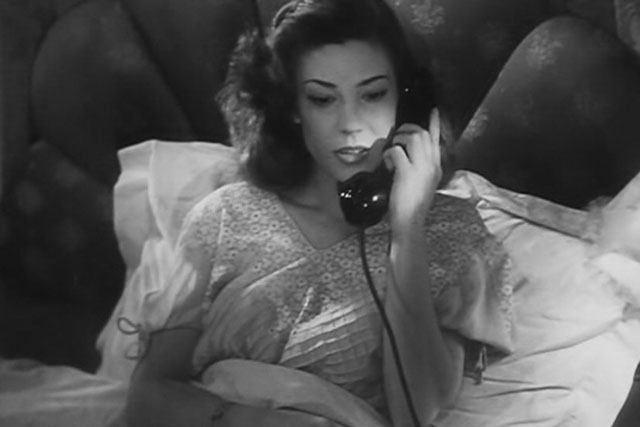
Gli uomini sono catturati e torturati, ma non tradiscono. Manfredi muore a causa delle ferrite e il sacerdote Don Pietro si rifiuta di parlare. Così viene portato davanti al plotone d’esecuzione. Il plotone italialno è allineata per effettuare l’esecuzione di Don Pietro, ma alcuni lo mancano deliberatamente. L’ufficiale tedesco responsabile della squadra di esecuzione si avvicina a Don Pietro e, appena si accorge che gli italiani non uccideranno un sacerdote, sarà proprio lui a ucciderlo.
The two men are caught and tortured, but they do not break or betray their cause. Manfredi dies from his wounds, but the priest Don Pietro will not speak or reveal his sources. Because of this, he is ordered to be shot. But the Italian firing squad lined up to execute Don Pietro, deliberately miss him. The German officer in charge of the execution squad walks over to Don Pietro as soon as he realizes that the Italians will not kill a priest, and executes Don Pietro himself.
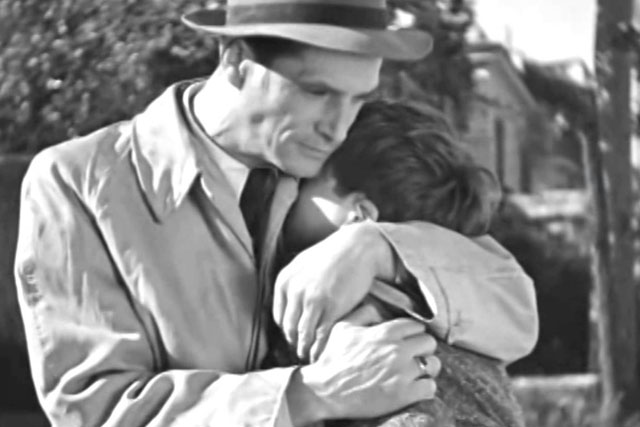
Nella realizzazione del film, Rossellini ha affermato che “la situazione del momento guidata dai miei stessi stati d’animo e dalle prospettive degli attori” ha dettato quello che hanno registrato. Inoltre si è affidato più all’improvvisazione che ad uno copione. Ha anche affermato che il film era “un film sulla paura, la paura di tutti noi, ma la mia in particolare, perché anche io dovevo nascondermi, anche io ero in fuga e avevo amici che furono catturati e uccisi.
On the making of the film, Rossellini stated that the “situation of the moment was guided by my own and the actors’ moods and perspectives” these things dictated what they shot, and he relied more on improvisation than on a script. He also stated that the film was “a film about fear, the fear felt by all of us but by me in particular. I too had to go into hiding. I too was on the run. I had friends who were captured and killed.
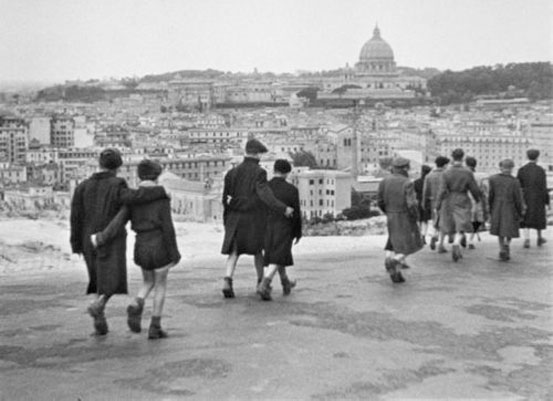
La storia ci fa ricordare le atrocità della Guerra e le crudeltà degli uomini. Ma la scena finale dei ragazzi che tornano a Roma dà un senso di speranza, che una nuova generazione apprenderà dal passato per realizzare un future migliore. Il fatto che questo film potrebbe essere fatto nel 1945, è un segno che la libertà era stata restaurata a Roma. Rossellini, non fu limitato più da un governo autoritario e il lavoro che i partigiani avevano combattuto e morto per non era stato inutile.
The story makes us remember the atrocities of war and the cruelties of men. But the final scene of the young boys walking back into Rome, gives a sense of hope, that a new generation will learn from the past and create a better future. The fact that this movie could be made in 1945 is remarkable to me. It shows that freedoms had been restored in Rome and artistic bans lifted on film, music, and art, and people were once again allowed free speech. It is a sign that the work the partisans had fought and died for had not been in vain.
Per guardare il film intero cliccate qui
If you liked this post you might like this one too:
La meglio gioventù. Storia di due fratelli italiani. Story of two Italian brothers form 1960-1990
